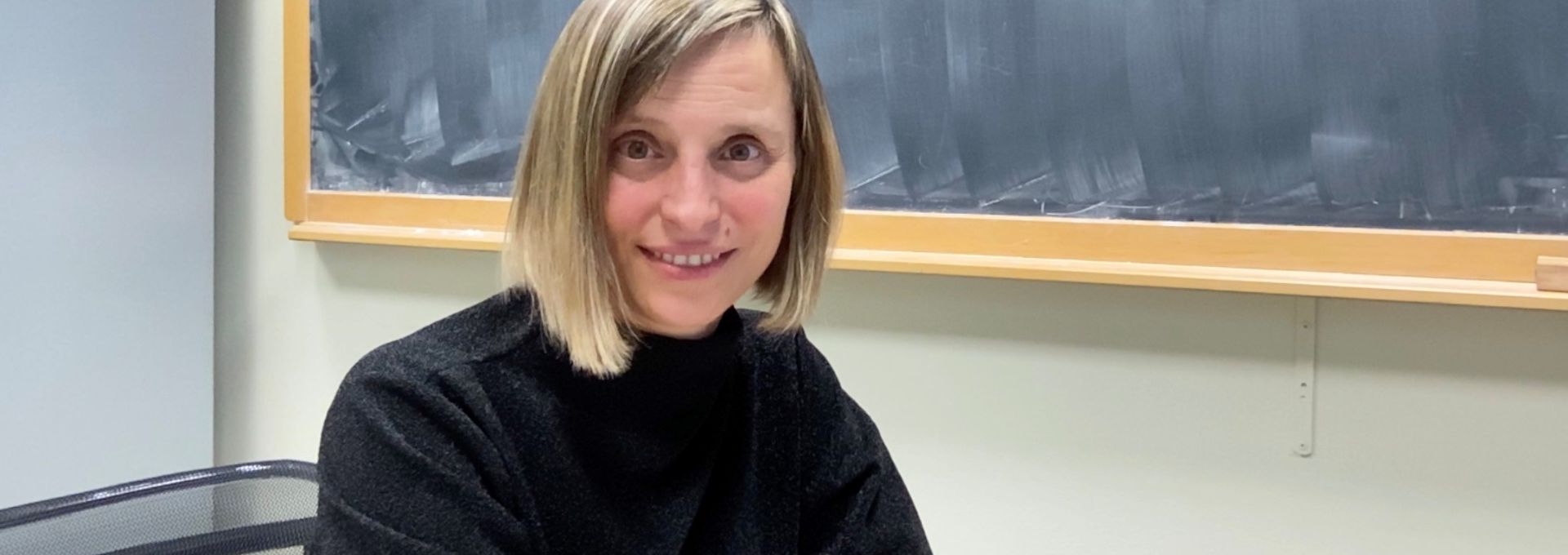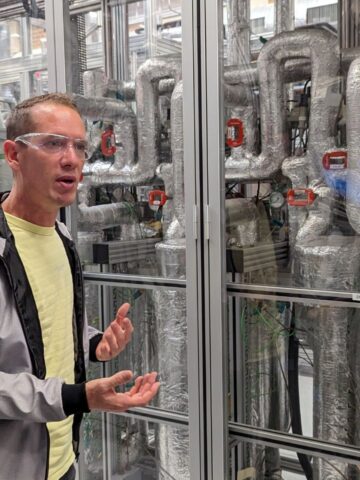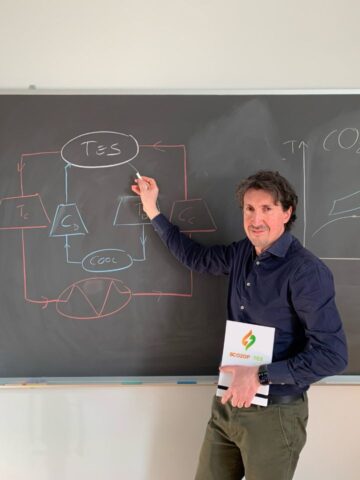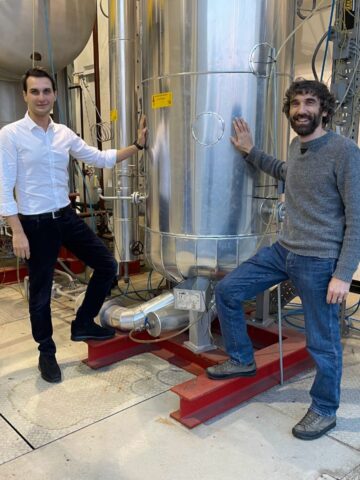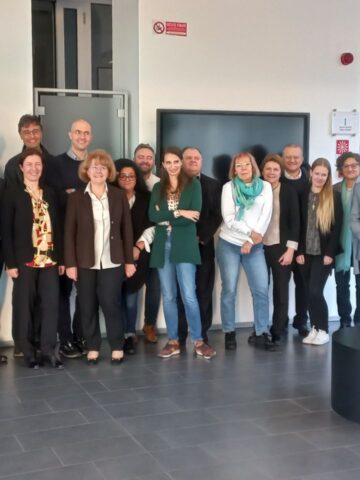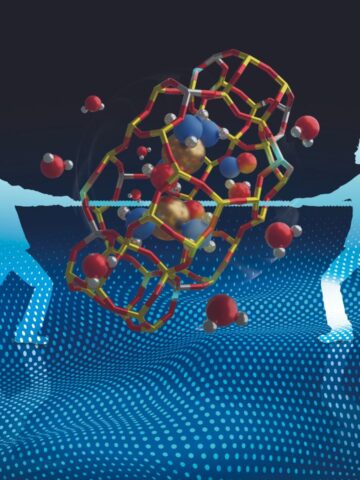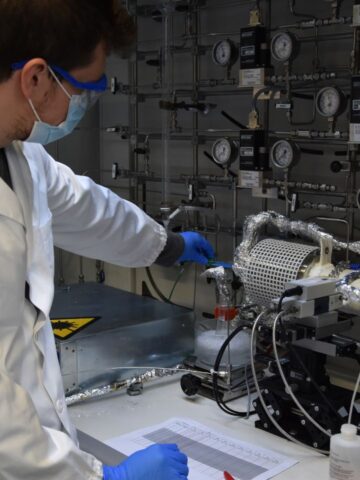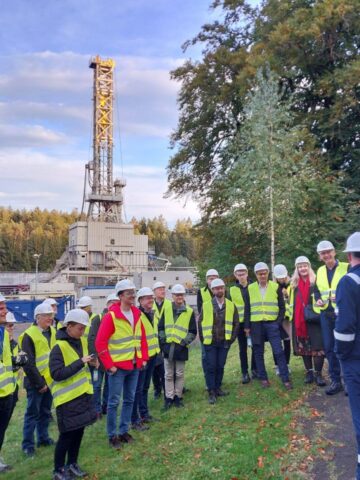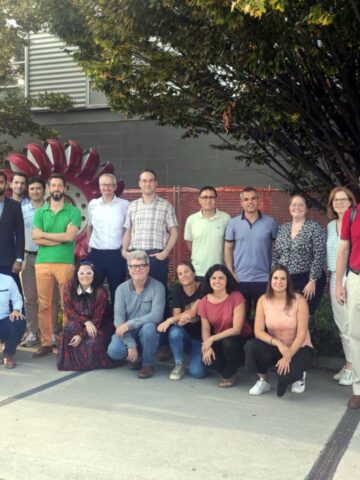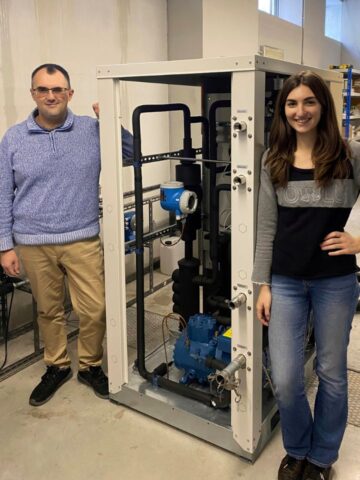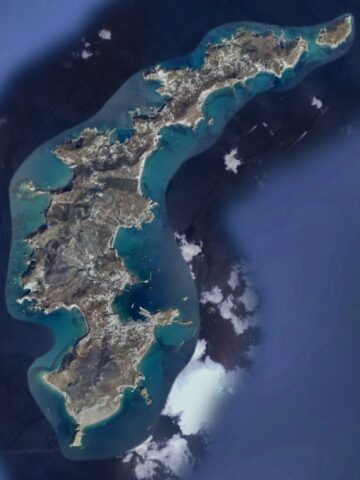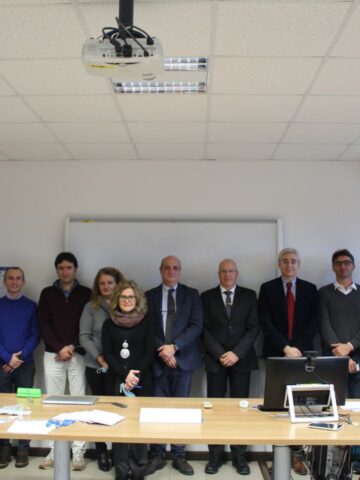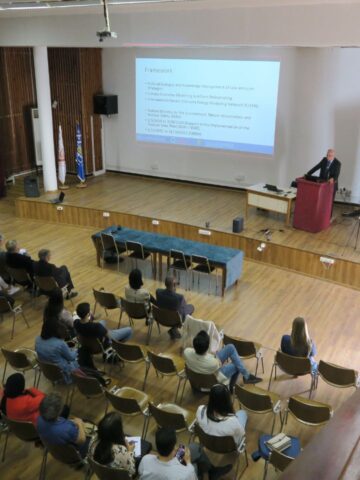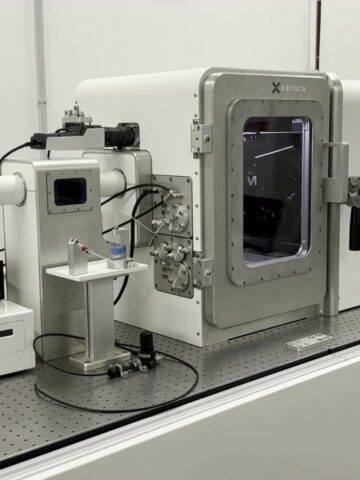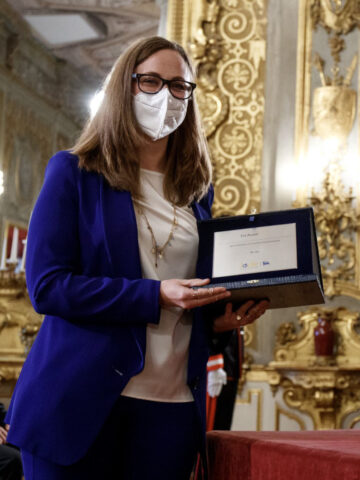Developing new-generation numerical methods for the technological challenges of the 21st century, mainly in sustainability. This is the objective of NEMESIS (NEw GEneration MEthods for Numerical SImulationS), an international research project which has been awarded a Synergy Grant of 7.8 million euros for 6 years by the European Research Council. ERC Synergy Grants fund research on topics that are ambitious and complex enough to require the creation of a specific team including two to four researchers operating in strong synergy.
Paola F. Antonietti, professor of Numerical Analysis and head of the MOX Modelling and Scientific Computing Laboratory of the Department of Mathematics at Politecnico di Milano, is a member of the NEMESIS team together with Lourenço Beirao da Veiga, professor of Numerical Analysis at Università di Milano-Bicocca; Daniele A. Di Pietro, professor of Numerical Analysis at Université de Montpellier; and Jérôme Droniou, director of research at CNRS – Centre National de la Recherche Scientifique.
NEMESIS is in the field of applied and computational mathematics and aims to develop a new generation of numerical methods, starting from the theoretical foundations through to their computational implementation. It also faces the challenge of validating their use in sustainability-relevant applications such as geophysics (e.g., in the mitigation of the effects of anthropic activities in the subsoil and energy transition issues) and advanced manufacturing processes.
The NEMESIS project is the second Synergy Grant won by Politecnico di Milano and addresses fascinating and critically important issues in the field of sustainable development. This is a unique achievement that consolidates Politecnico’s ability to conduct research of excellence and cutting-edge research in important international scientific contexts”.
Vice Rector for Research Alberto Guadagnini
Specifically, a numerical method will be able to simulate the seismic and environmental risks associated with past and future CO2 storage operations in the subsoil, indicating possible telluric movements or infiltration of pollutants in a given area subjected to this process. Another possible application will be systems for aluminium extraction by smelting, in the Industry 4.0 domain. Mathematical models will be able to simulate the steps for the low environmental impact production of aluminium from bauxite.
This methodology, compared to previous ones, will have a better ability to approximate the data and the geometric domain, will allow for the direct integration of specific physics laws into the numerical domain, thus reflecting the true structure of the physical problem under investigation, and will be more efficient in computational processing.
This year, out of 395 proposals submitted under the ERC Synergy Grants programme, 37 projects (5 of which were participated in by Italian scientists) received funding, involving 135 researchers who will carry out their projects at 114 universities and research centres in 19 countries in Europe and beyond.

